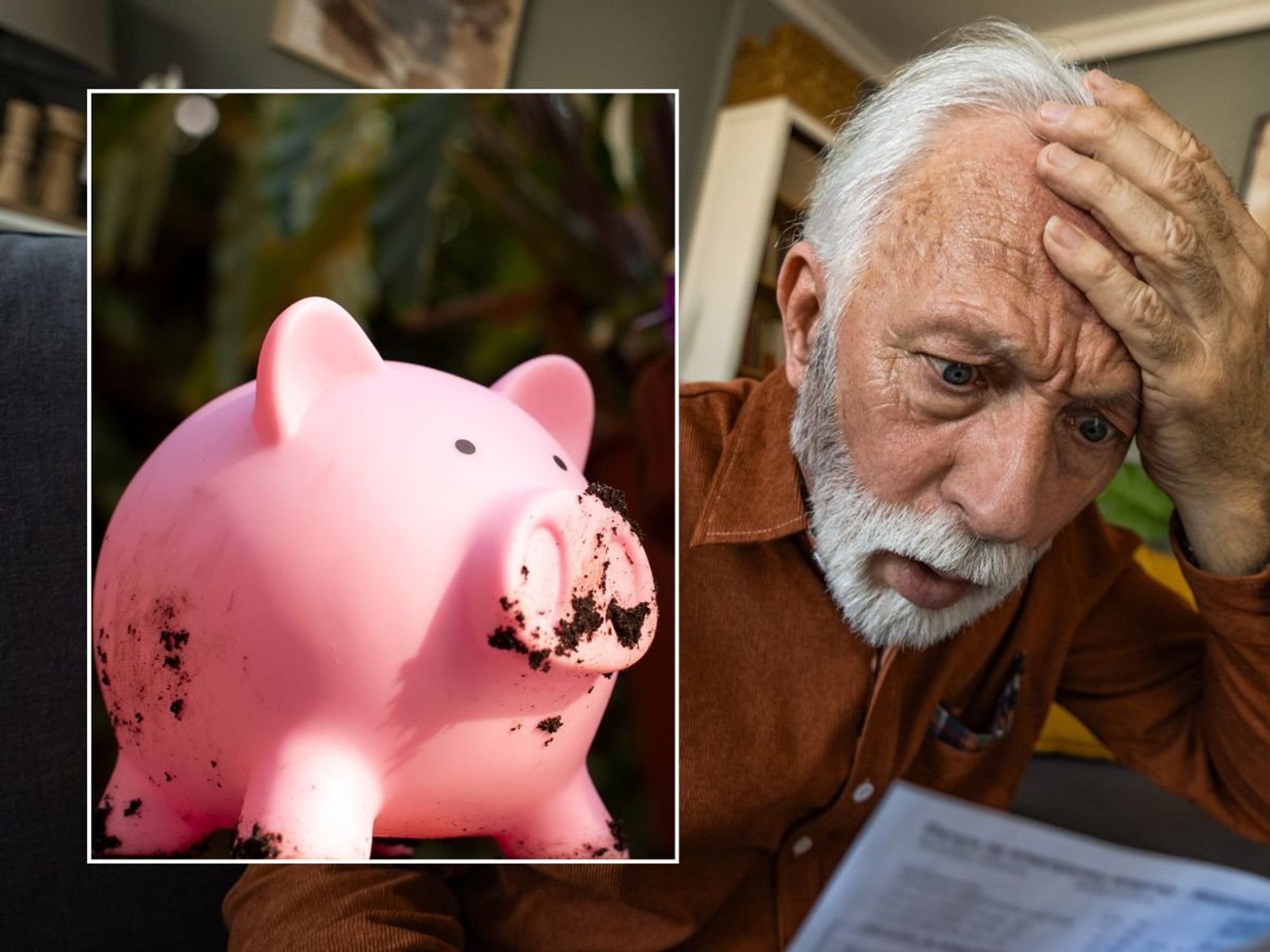Money challenge could see you build £667 in savings starting with just 1p

The 1p money saving challenge could help people to build up a pot of savings over time
Don't Miss
Most Read
Setting aside money each month is easier said than done, particularly with the increased cost of living.
However, those who want to build up a substantial pot of savings in 2024 could do so starting with just one pence.
By following the 1p savings challenge, people could end up with more than £650 by Christmas next year.
The savings tactic sees a person setting aside a certain amount of money each day, and as the name suggests, it starts with just one pence.

The 1p savings challenge adds up to more than £650 over a year
|PA
It could be the saver puts the cash into a jar or they might opt to transfer money into a savings account on a daily basis – meaning they can earn interest on the money.
The challenge can be started at any point, with the saver setting aside 1p on day one.
The amount added to the savings pot will increase by one pence each day, meaning two pence is deposited on day two, and three pence on the third day.
The amount keeps rising, so on day 100, the saver will need to add £1, and £1.01 on the 101st day.
Fast forward to the 200th day, and £2 will go into the pot.
With 2024 being a leap year, meaning there are 366 days in total, savers will need to deposit £3.66 on the final day.
It means by the end of December, a saver who started on January 1 will have amassed £671.61 – or £667.95 in a non-leap year.
As the days go on, setting aside greater sums of money could become harder, so some people may opt to do the challenge in reverse.
LATEST DEVELOPMENTS:

Setting aside money little and often could mean big savings by the end of the year
|PA
That way, only £4.96 needs to be added to the pot in the final month, which could be helpful for those who started in January and are facing lots of outgoings in December.
For those not sure they will have enough loose change to add to their pot each day, savers could transfer the monthly equivalent into an account each month.
In a non-leap year, this would be:
- January – £4.96
- February – £12.74
- March – £23.25
- April – £31.65
- May – £42.16
- June – £49.95
- July – £61.07
- August – £70.68
- September – £77.55
- October – £89.59
- November – £95.85
- December – £108.50










